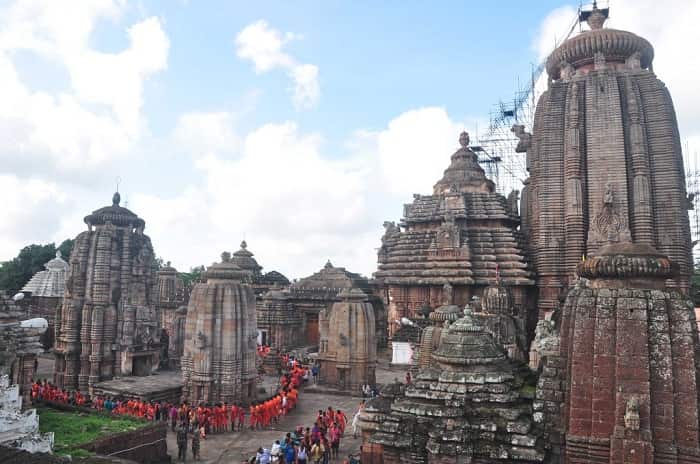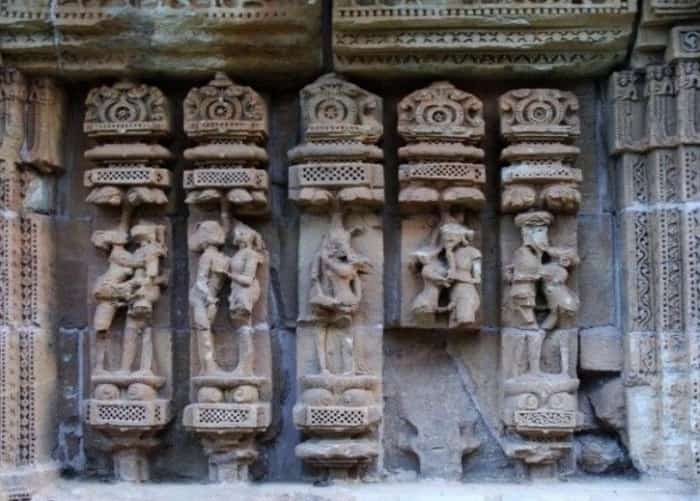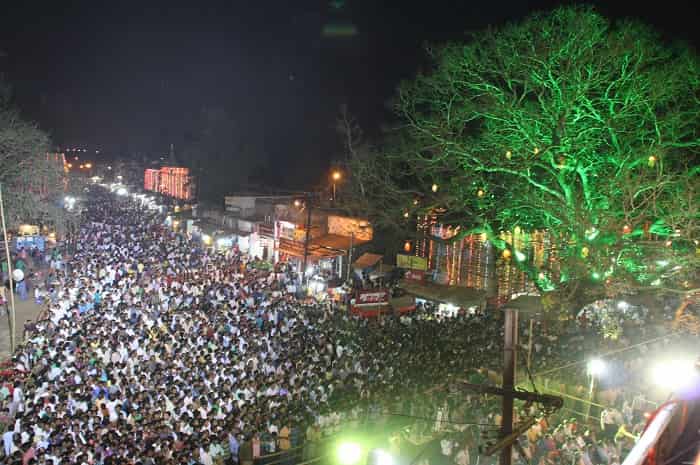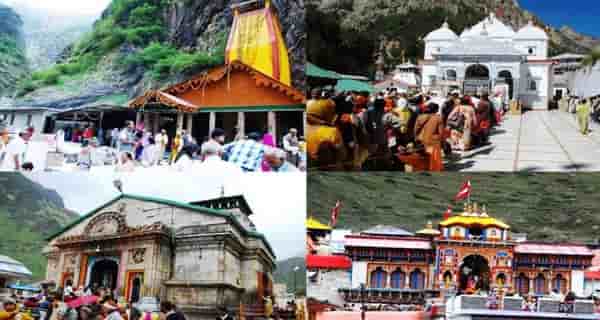Lingaraja Temple: The Shrine of Harihara in Bhubaneswar
The purification of soul is as necessary as purification of the body. Until and unless we come clean from within, external appearance will be a disguise. The fact that we are a soul living in a body and not the body itself means that the actions and deeds are initiated from the soul, intentions of which must be pure, unbiased and aimed for either individual or collective betterment. This is possible only when we feed our soul with positivity and imbibe the universal consciousness of oneness so that all our actions lead to the path of peace, love, unity and respect. This consciousness is gained by accepting that we are merely a molecule of the universe created by the Almighty, the creator and the mentor of all beings. From time eternal, humans have been following the path to eternal light by worshiping the Almighty in different forms and in different places of worship, evidence of which are the ancient temples found across the world such as The Lingaraja Temple of Orissa.

Location
The Lingaraja Temple is located in Bhubaneswar, the capital city of Orissa and an ancient city with many specimens of architectural brilliance to its credit.
History
According to an ancient scripture, the temple was built by a ruler of Somvanshi Dynasty when he decided to shift the capital here. The current day temple is believed to be constructed during the 11th century, extending the old structure that is said to have been constructed in the 6th century, as it has been mentioned in a number of 7th century scriptures. While the construction was in progress, people had started worshiping Lord Vishnu as well, apart from Lord Shiva, to whom the temple is actually dedicated. This is cited to be the main reason why people worship both the Gods at the temple today.
A legend states that a river originates from below the temple and its water has healing powers. The river is also the source from which the nearby Bindusagar Tank gets its water supply. Thousands of devotees arrive to the temple on a daily basis and the number increases substantially during major festivals. The temple is now administered jointly by the Archaeological Survey of India (ASI) and the Temple Trust Board. It is also guarded throughout the day by the security staff deployed by the Police Commissioner of the city. This historical Hindu temple has become a landmark of the town and continues to be a famous pilgrimage for the devotees of Lord Shiva.
Structure
The temple is the largest of its kind in the city. Showcasing the patterns of Kalinga Architectural patterns, it was stated as a fine example of Hindu temples built in the Indian subcontinent by a famous historian from Scotland.

The temple rises to a height of 180 feet from the ground and stands apart due to its ancient architectural style that is surprisingly appealing and overtakes the beauty of modern structures in its vicinity. The compound wall of this historical temple measures 520 feet in length, 465 feet in breadth and 7.5 feet in thickness. The temple tower is richly adorned with sculptures which make the temple a beauty to look at.
There are a total of 150 smaller shrines in the temple’s courtyard. The primary materials used in construction are laterite and sandstone. There are three entrances to the temple, with the main entrance on its east. The temple is divided into four main sections: the assembly hall, the festival hall, the hall of offering and the sanctum sanctorum. Out of the four, the hall of offering was constructed during the 12th century, while the rest were constructed in the 11th century.
The external walls of the hall of offerings are carved with sculptures showcasing humans and beasts. There are four doors on the sides of this hall. The festival hall has three entrance points and its side walls showcase sculptures depicting couples and women. The assembly hall has two entrances, perforated windows and a pyramidal roof. There is a 200 feet tall tower in the shape of a pyramid above the sanctum.
Festivals and Traditions
The temple is dedicated to Harihara, a combined avatar of Shiva and Vishnu. According to the prevalent tradition, the idol is bathed everyday with milk, water and a beverage prepared with marijuana leaves and flowers, known as bhang. Only Hindus are given entry into the temple. Non Hindus can look at the temple shrine from the viewing platform.

The main festival celebrated in the temple is Shivaratri, during the month of February or March. Thousands of devotees offer bel leaves to the deity and fast for a day. The prayer goes on for the whole night and the devotees break their fast after a huge lamp, known as Mahadipa, is lit. Another important festival celebrated in the temple is Ratha-Yatra or the chariot festival. The temple deity is carried in a procession to the nearby Rameshwar Deula temple, at a distance of approximately two kilometres. The chariot is lit, pulled and followed by the devotees. The procession brings back the deity to the shrine after five days.
Eat, Drink, Collect
Food, beverages, snacks and other refreshments are easily available near the temple complex. Tourists can purchase handicrafts, silver filigree artworks, sand stone icons, gemstones, hand woven textiles and other collectibles from the various shops in the market area.
How to Reach
Bhubaneswar, being the capital city of the state, enjoys excellent connectivity through road, rail and air transport. Regular flights and trains to Delhi, Mumbai, Kolkata, Bangalore, Hyderabad and other major destinations of the country are available frequently.
National Highway 5 connects the city with several towns between Kolkata and Chennai. Inside the city, tourists can travel around in local buses, shared autos or private taxis.


